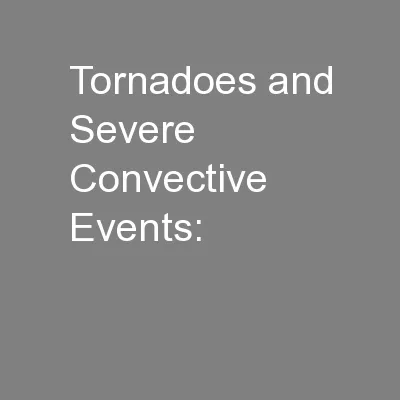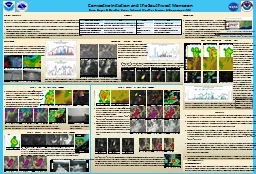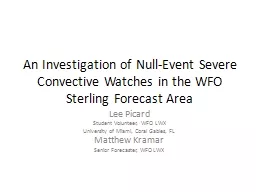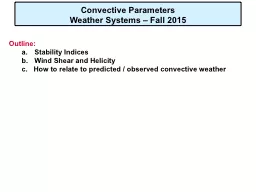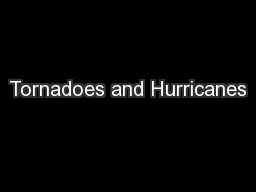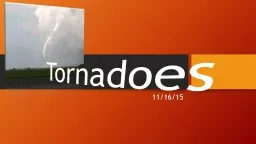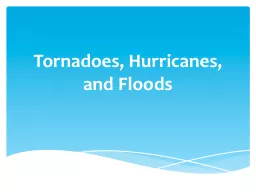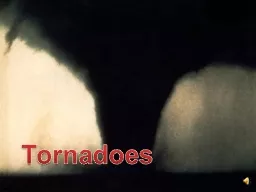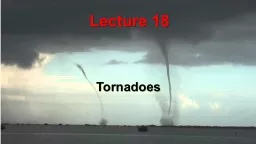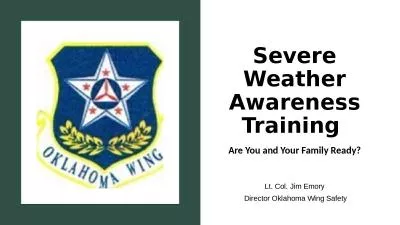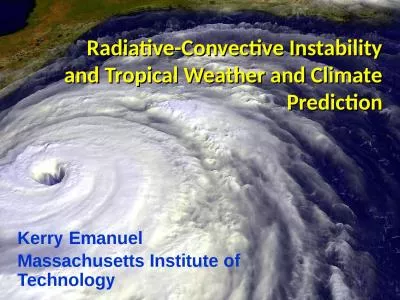PPT-Tornadoes and Severe Convective Events:
Author : celsa-spraggs | Published Date : 2016-03-10
Insurance Trends and Challenges in an Era of Climate Volatility National Tornado Summit Oklahoma City OK February 11 2014 Robert P Hartwig PhD CPCU President amp
Presentation Embed Code
Download Presentation
Download Presentation The PPT/PDF document "Tornadoes and Severe Convective Events:" is the property of its rightful owner. Permission is granted to download and print the materials on this website for personal, non-commercial use only, and to display it on your personal computer provided you do not modify the materials and that you retain all copyright notices contained in the materials. By downloading content from our website, you accept the terms of this agreement.
Tornadoes and Severe Convective Events:: Transcript
Download Rules Of Document
"Tornadoes and Severe Convective Events:"The content belongs to its owner. You may download and print it for personal use, without modification, and keep all copyright notices. By downloading, you agree to these terms.
Related Documents

